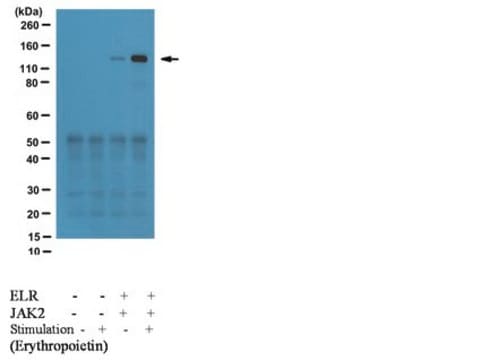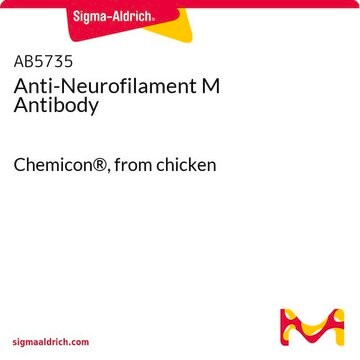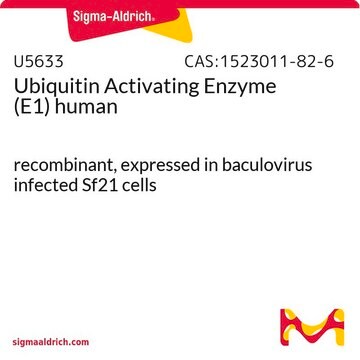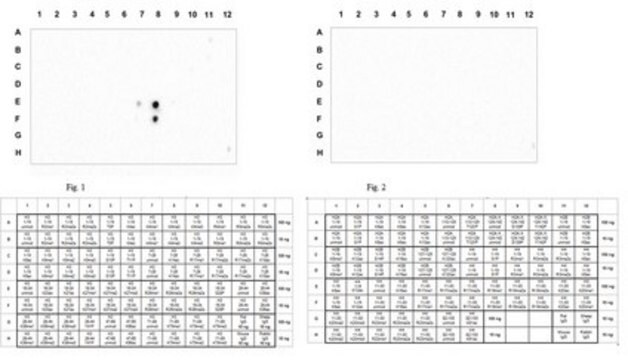07-215
Anti-dimethyl-Histone H3 (Arg26) Antibody
from rabbit, purified by affinity chromatography
Sinónimos:
H3R26me2, Histone H3 (di methyl R26), H3 histone family, member T, histone 3, H3, histone cluster 3, H3
About This Item
Productos recomendados
origen biológico
rabbit
Nivel de calidad
forma del anticuerpo
affinity isolated antibody
tipo de anticuerpo
primary antibodies
clon
polyclonal
purificado por
affinity chromatography
reactividad de especies
vertebrates, Tetrahymena sp., Xenopus, human
técnicas
multiplexing: suitable
western blot: suitable
Nº de acceso NCBI
Nº de acceso UniProt
Condiciones de envío
wet ice
modificación del objetivo postraduccional
dimethylation (Arg26)
Información sobre el gen
human ... H3C1(8350)
Descripción general
Especificidad
Inmunógeno
Aplicación
Epigenetics & Nuclear Function
Histones
A previous lot of this antibody worked successfully using the SNAP I.D. western blotting device and technique.
Calidad
Western Blot Analysis: 1:8000 dilution of this antibody detected dimethyl-Histone H3 (Arg26) in untreated and CARM1 in vitro methylated recombinant Histone H3.
Descripción de destino
Forma física
Almacenamiento y estabilidad
Nota de análisis
CARM1 in vitro methylated recombinant Histone H3.
Otras notas
Cláusula de descargo de responsabilidad
¿No encuentra el producto adecuado?
Pruebe nuestro Herramienta de selección de productos.
Código de clase de almacenamiento
10 - Combustible liquids
Clase de riesgo para el agua (WGK)
WGK 1
Certificados de análisis (COA)
Busque Certificados de análisis (COA) introduciendo el número de lote del producto. Los números de lote se encuentran en la etiqueta del producto después de las palabras «Lot» o «Batch»
¿Ya tiene este producto?
Encuentre la documentación para los productos que ha comprado recientemente en la Biblioteca de documentos.
Nuestro equipo de científicos tiene experiencia en todas las áreas de investigación: Ciencias de la vida, Ciencia de los materiales, Síntesis química, Cromatografía, Analítica y muchas otras.
Póngase en contacto con el Servicio técnico







